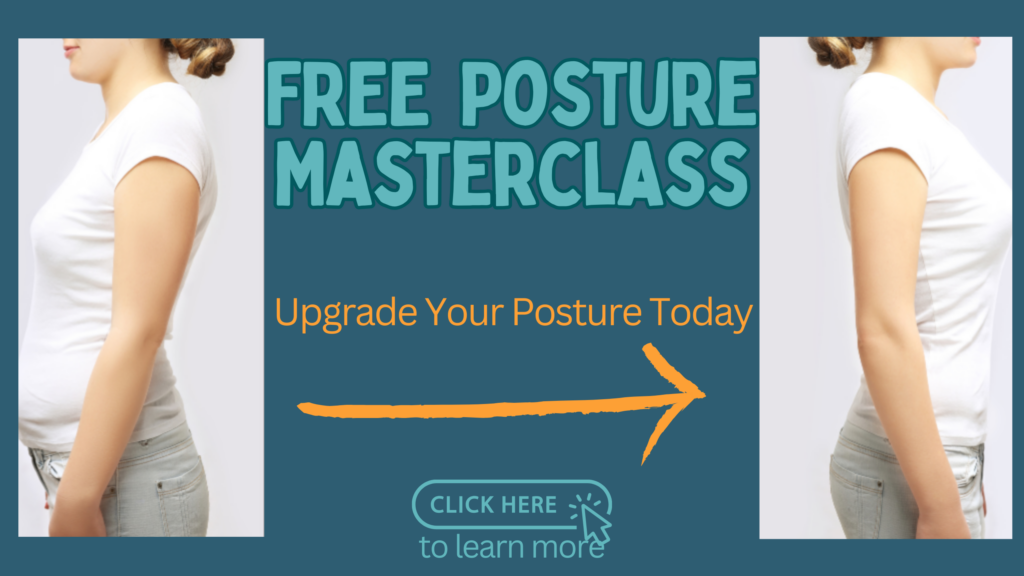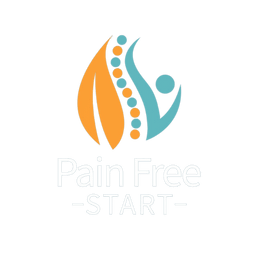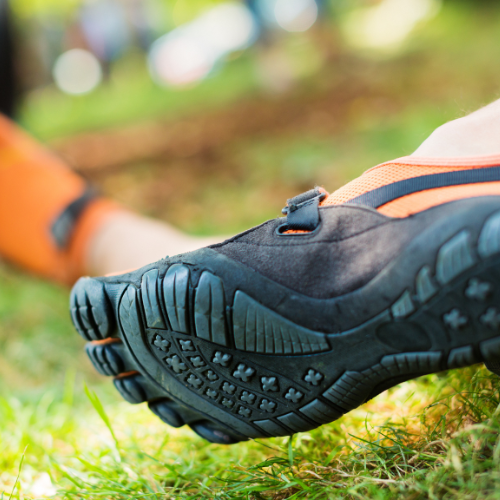Introduction
Barefoot shoes have sparked considerable debate among health enthusiasts and casual wearers. I’ve had my fair share of patients asking my opinion on them, hence why I thought it would be good to discuss. Understanding the pros and cons of these shoes can help you make an informed decision about whether they are right for you – and we are all very different!
Pros of Barefoot Shoes
- Enhanced Foot Strength: One of the benefits of barefoot shoes is their ability to promote stronger foot muscles and improved arch support. Studies show that wearing minimalist footwear can lead to greater foot muscle activation, helping to prevent injuries.
- Natural Gait: Barefoot shoes encourage a more natural walking and running style, reducing the risk of certain injuries. Research published in the Journal of Sports Science & Medicine indicates that running barefoot or in minimalist shoes can lead to a more efficient gait pattern. This is great if you have a good gait pattern, maybe not so good if not!
- Improved Balance: These shoes provide better sensory feedback from the ground, enhancing balance and stability. The British Journal of Sports Medicine highlights how this increased proprioception can lead to improved athletic performance and reduced injury risk.
Cons of Barefoot Shoes
- Increased Movement/reduced support: The foot has so many moving parts due to its many bones. For some, this may be ok and even beneficial. But those with mobile or hypermobile feet, already have more movement and have less support than most people. These individuals heavily on footwear to give them the support they lack.
- Transition Period: Transitioning to barefoot shoes can require an adjustment period, which may lead to discomfort if done too quickly. Gradually introducing barefoot shoes into your routine is essential to avoid injury.
- Lack of Cushioning: The minimal padding in barefoot shoes may not be suitable for everyone, particularly those with specific foot conditions or those who prefer more cushioning for their joints.
- Foot Protection: While barefoot shoes allow for natural movement, they provide limited protection against environmental hazards compared to traditional shoes. This may be a concern for individuals in rugged outdoor settings.

Physio head-on – my thoughts
For what it’s worth this is the conclusion I have come to, after speaking to and treating a few people who have tried these shoes. Everyone bare one person got on with them as I expected following the pattern I logically predicted.
People who had nicely positioned feet and good biomechanics liked them. however, those people who functioned better with innersoles and support for their feet didn’t like them. Except for one lady who I didn’t think would get on them who loved them.
If you think they may be for you then take a look at these blogs;
The Best Barefoot Shoes: Top Picks for Natural Foot Health
The Ultimate Guide to Barefoot Shoes: Benefits, Drawbacks, and Top Picks for Foot Health
Conclusion
While barefoot shoes offer many benefits, they are not without drawbacks. Weighing these pros and cons can help you decide if making the switch is the right choice for your lifestyle and foot health. I hope that was helpful and answered some of your questions.
Take care, Helen
Helen Manders BSc (Hons) MCSP HCPC
Chartered Physiotherapist Since 2001



